GBP/USD breaks 1.3711 key support today, partly due to USD’s broad based rally, partly due to another data miss. The development suggests that GBP/USD’s medium term rally from 1.1946 has completed and the trend is reversing.
UK PMI manufacturing dropped to 53.9 in April, down from 55.1, below expectation of 54.8. That’s also the lowest level in 17 months.
Comments from Rob Dobson, Director at IHS Markit:
“The start of the second quarter saw the UK manufacturing sector lose further steam. The headline PMI dipped to a 17-month low as growth of production, new business and employment all slowed.
“While adverse weather was partly to blame in February and March, there are no excuses for April’s disappointing performance, making the chances of a near term hike in interest rates by the Bank of England look increasingly remote.
“On this footing, the sector is unlikely to see any improvement on the near-stagnant performance signalled by the opening quarter’s GDP numbers.
“Looking ahead, the trend in manufacturing production is likely to remain subdued. Weak demand meant firms are seeing backlogs of work fall and stocks of unsold goods rise, limiting the need for output to rise in May. Business optimism has also dipped to a five-month low as concerns about Brexit, trade barriers and the overall economic climate remained widespread.”
Full release here
Also from UK, mortgage approvals dropped to 62.9k in March, down from 63.8k, missed expectation of 63.0k. M4 money supply dropped -1.4% mom in March, below expectation of 0.2% mom.




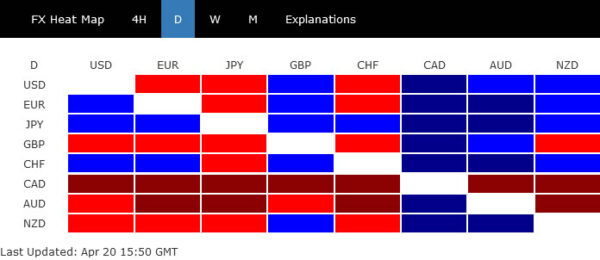
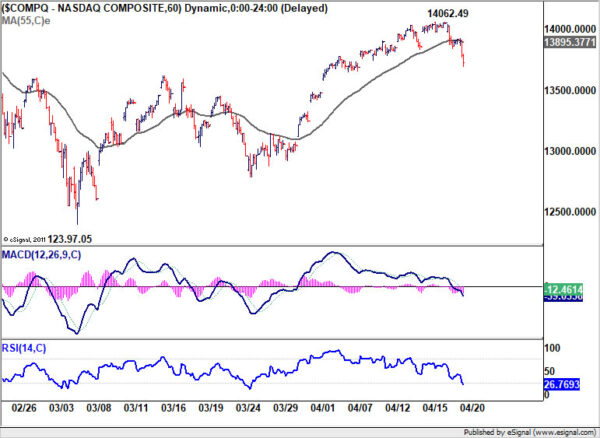
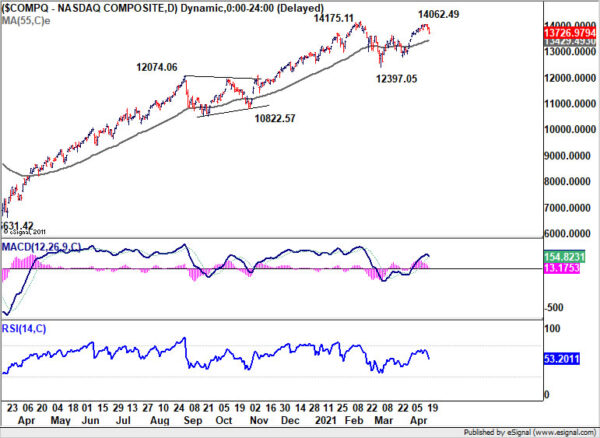
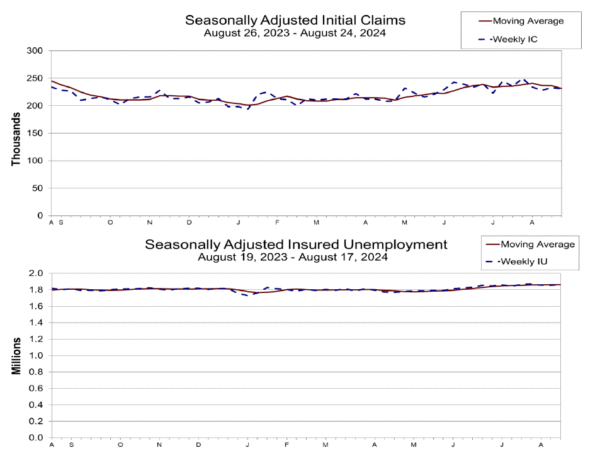
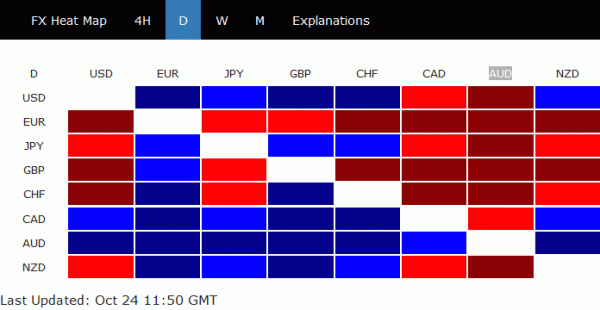

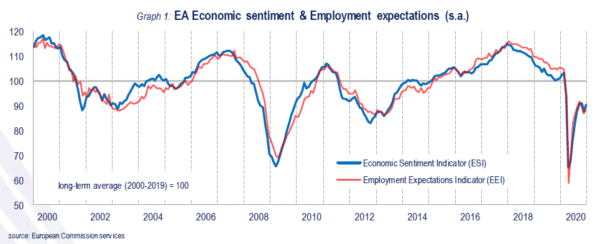
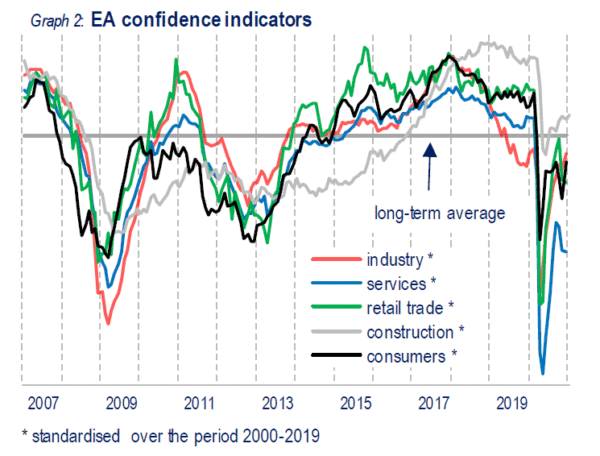

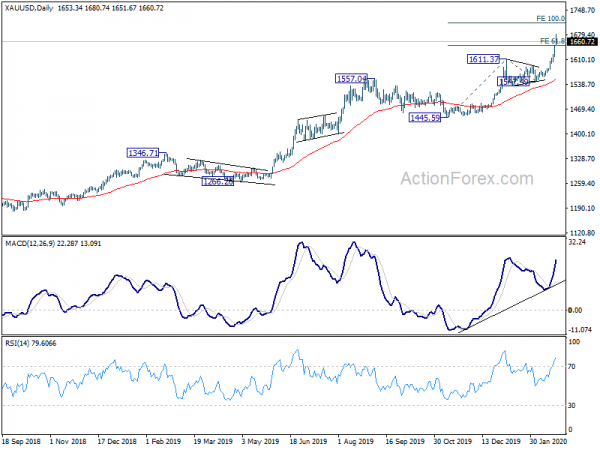
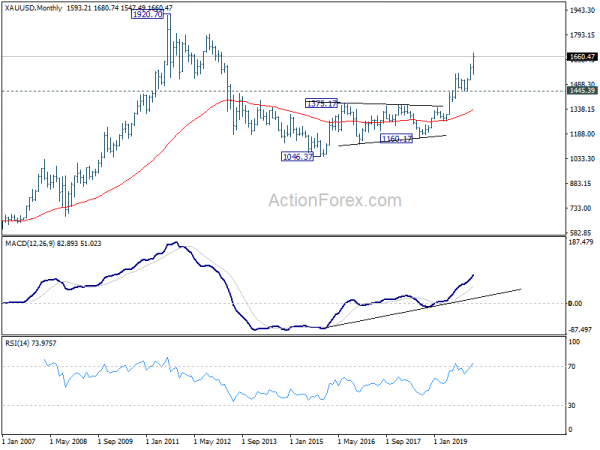
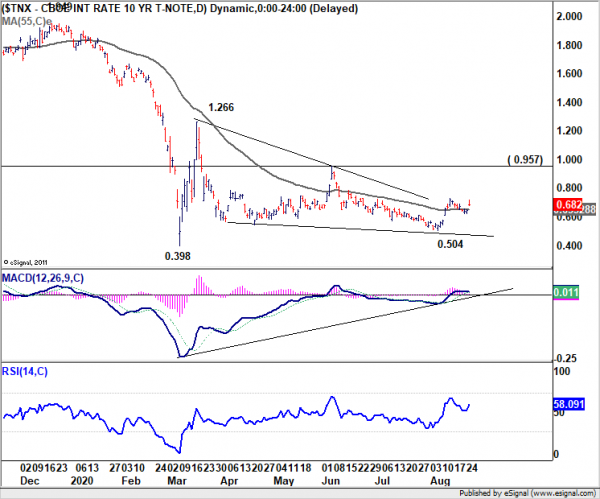
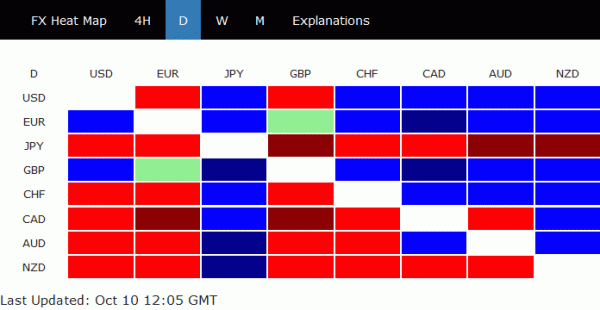
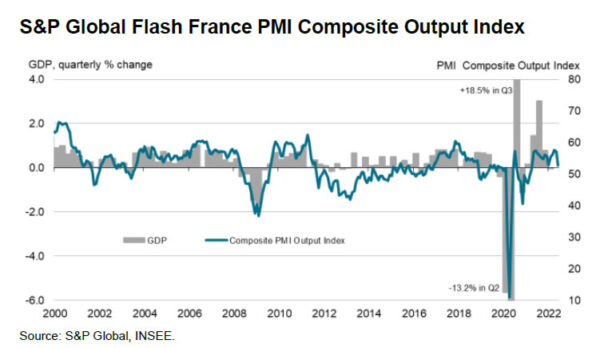

UK PMI services finalized at 48.7 in Jan, downside remained relatively shallow
UK PMI Services was finalized at 48.7 in January, down from December’s 49.9, fastest contraction since January 2021. PMI Composite was finalized at 48.5, down from prior month’s 49.0, in contraction for the sixth straight months.
Tim Moore, Economics Director at S&P Global Market Intelligence:
“January data pointed to the weakest service sector performance for two years as cutbacks to business and consumer spending resulted in a fourth consecutively monthly reduction in output levels. The latest survey illustrates that the UK economy risks falling into recession as labour shortages, industrial disputes and higher interest rates take their toll on activity.
“However, the downturn in service sector output remained relatively shallow at the start of 2023. Encouragingly, new order volumes moved closer to stabilisation and export sales picked up in January, which contributed to a marginal upturn in overall employment numbers.”
Full release here.